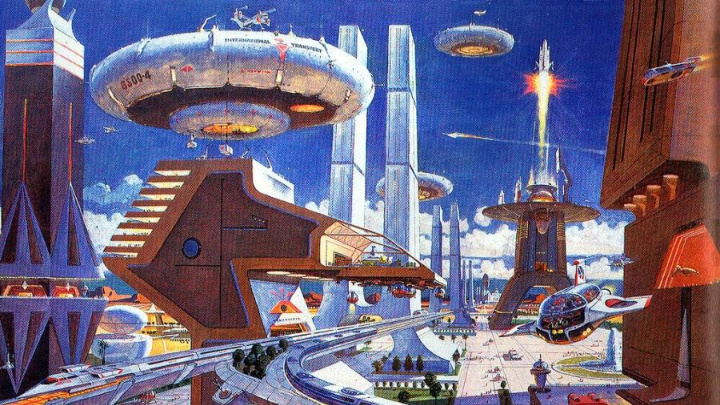



FUTURISM Social and artistic movement emphasizing speed, technology, youth, and violence, and objects such as the car, the aeroplane, and the industrial city.
FUTURISTS Futurists, a cult of the modern, supported the advancement of industry and aimed to reform the consciousness of a nation dilatory to the rest of the world's technological pursuits.
FUTURIST FASHION
FUTURIST FASHION GIACOMO BALLA
Giacoma Balla, one of Futurism’s founding fathers, was also one of the first to define clothing as being synonymous to objects. His goal was to create attire that moved through space in the same fashion as the human body without the unnatural obstruction constricting garments placed on the human form. Balla established guidelines supporting these ethics and created utilitarian garments prototyping his ideas of progressive societal dress.
Futurists made many educated guesses toward how fashion would be comprehended through the advancement of time. Balla’s rubric supported the addition of asymmetry, movement, and color into the stiff conventions plaguing fashion at the time. Bright colors and bold patterns further conceded to this counter-culture of dress. Colors falling into the black, brown, and grey spectrum were considered homely and traditional, while clothing made with fabrics of the most exuberant, phosphorescent quality were seen as fully embodying the spirit of Futurist expression.
FUTURIST FASHION THAYAHT
Also on a mission to fill the void of dynamism lacking in aesthetic dress was Ernesto Michahelles, the artist and designer more formally known as THAYAHT. In 1919, with the help of his brother RAM, he designed the Tuta, an early rendition of what is known today as coveralls. The Tuta was a comfortable, unisex pantsuit THAYAHT dubbed as “the most innovative, futuristic garment ever produced in the history of Italian fashion.”
FUTURIST FASHION TULLIO CRALI
Recommend
More recommend